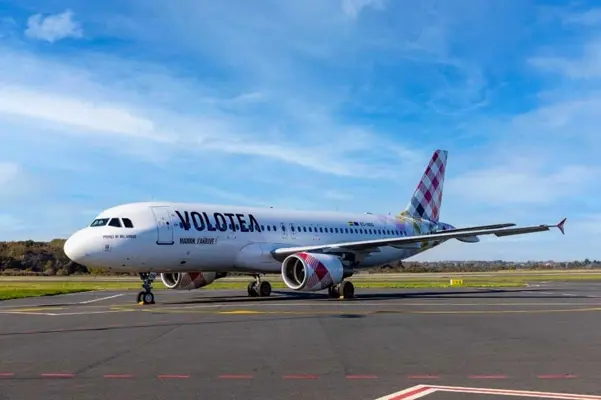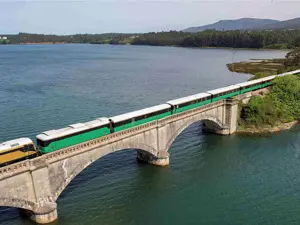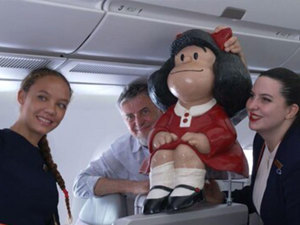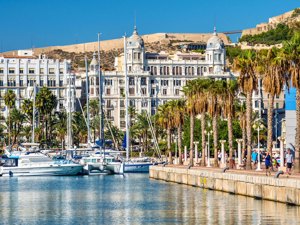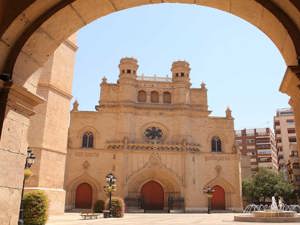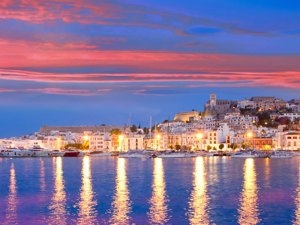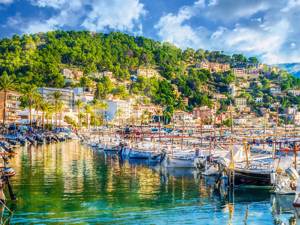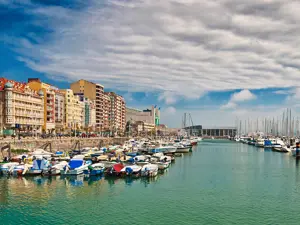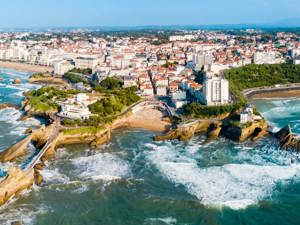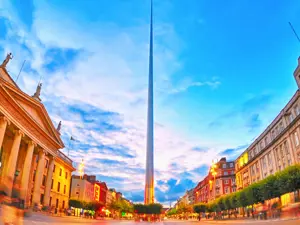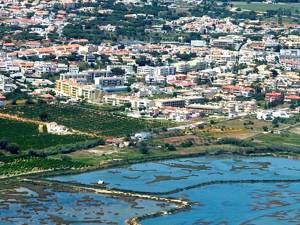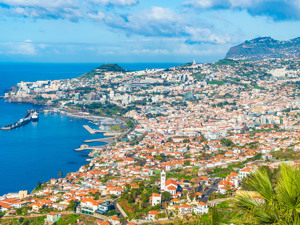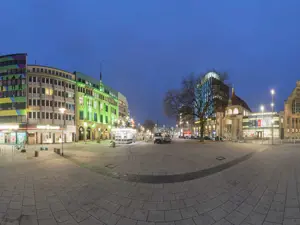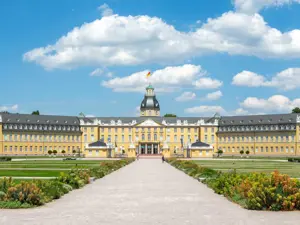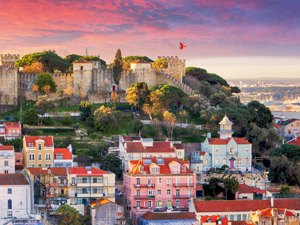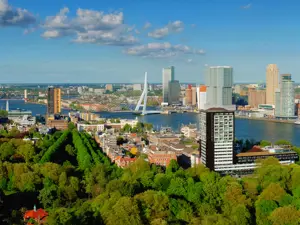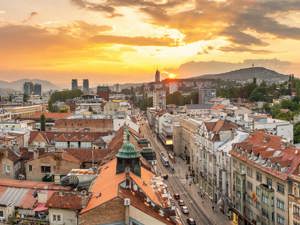



- Madrid's gastronomic markets, such as Mercado de San Miguel, Mercado de San Antón, and Mercado de San Pedro;
- Michelin-starred restaurants in Madrid, such as DiverXO, La Tasquita de Enfrente, and Dstage;
- Madrid's trendiest neighborhoods, including Malasaña, Chueca, and Chamberí.
Photos: Copyright © Sisterscom.com, Shutterstock / Depositphotos
Copyright © Sisterscom.com
www.esmadrid.es - www.spain.info
Partnership con Booking.com
 Madrid. Photo: Copyright © Sisterscom.com, Depositphotos
Madrid. Photo: Copyright © Sisterscom.com, Depositphotos
The Royal Palace was in the past the residence of the Spanish monarchs but nowadays is an interesting tourist place, where sometimes take place State events and international and diplomacy meetings. The origins of the Palace come from the IX century when the Muslim kingdom, located in Toledo, decided to build a new citadel to combat the Christians soldiers. Years later this citadel would be the Castilian monarch residence. King Carlos III was the first one who lived inside this Palace in year 1764. In your visit at the Palace you will see interesting fresh paintings.

Plaza Mayor is a symbol of Madrid and must not be missed. Building work began on this huge open area in the city centre in the 17th Century under the orders of Felipe III, whose bronze equestrian statue adorns the square. It was opened in 1620 and is rectangular in shape, with arcades running around the edges. This site used to be the venue for many public events, such as bullfights, processions, festivals, theatre performances, Inquisition trials and even capital executions. Underneath the arcades there are traditional shops.

This is one of the most well-known monuments in Madrid. Built between 1769 and 1778 under the orders of King Carlos III, it was designed by Francisco Sabatini and erected as a triumphal arch to celebrate the arrival of the monarch at the capital. The granite gate is 19.5 metres tall and is elegant and well-proportioned. The façade features a number of decorative elements with groups of sculptures, capitals, reliefs and masks.


Designed in 1785, as a Natural Science Cabinet by the Spanish architect Juan de Villanuevaduring the Carlos III kingdom, the Prado didn’t open its doors like a Museum until 1819 under the kingdom of Fernando VII.
Today, the museum has the most complete collection of Spanish painting from the eleventh to the eighteenth century, and many of the masterpieces of the great painters of universal value as El Greco, Velázquez, Goya, Bosch, Tiziano, Van Dyck and Rembrandt.

The Reina Sofía National Museum and Art Centre, opened to the public in 1990, it houses an important collection of Spanish and international artfrom the late nineteenth century to the present. Two years after its inauguration, has acquired Pablo Picasso's Guernica, a work essential. Located in the building of a former hospital in the late eighteenth century by the architect Francesco Sabatini, an increasing number of works in the collection has determined the expansion with the opening in 2005 of a new structure designed by Jean Nouvel.

Located in the Villahermosa Palace, the Thyssen Bornemisza Museum was opened as an art gallery in 1992. Since this year, the museum and the Thyssen Bornemisza Foundation haven’t stopped growing: in 2004 the Carmen Thyssen-Bornemisza’s Collection has been added to the permanent collection and the palace has been enlarged to house new works. In the building you can do a real walk through the occident painting from the XIII Century to the XX Century: Renaissance, Mannerism, Baroque, Rococo, Romanticism or Pop Art.

Located in the heart of Madrid, the origins of the Park date from the reign of Philip IV, when the Buen Retiro Palace was built by the Count-Duke of Olivares. The Astronomical Observatory and the Buen Retiro Royal Porcelain Factory were added during the reign of Charles III. During the reign of Ferdinand VII, the pier on the pond and the Casa de Fieras zoo was built. Among the most prominent spots, the park includes the great pond with the monument to Alfonso XII, the Casa de Velázquez and the Crystal Palace, the Rosaleda rose garden and the Parterre.







